Día de Muertos is one of Mexico’s most iconic celebrations, a festival where life and death intertwine through ritual, memory, and art.
From handmade figurines to painted skulls and paper marigolds, every object crafted for this day carries a message of love for those who have departed and pride in the traditions that keep their spirit alive.
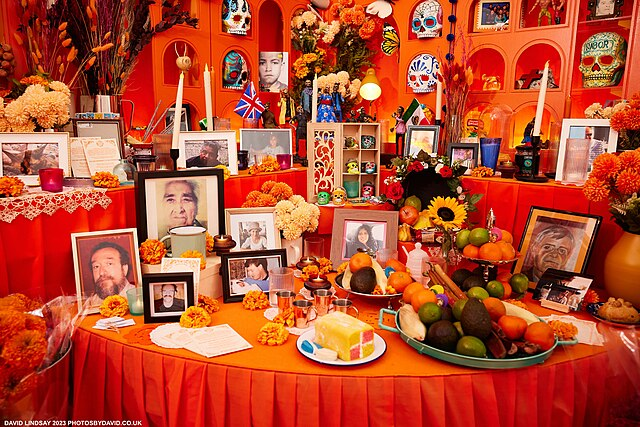
“Day of the Dead art” is the term used to describe the folk art, handicrafts, and decorative pieces made for the celebration or inspired by it. These creations embody both joy and remembrance, blending pre-Hispanic beliefs with Catholic customs in a uniquely Mexican expression of devotion.
Handicrafts of Remembrance
Across Mexico, the Day of the Dead altar (ofrenda) is the centerpiece of the celebration. It welcomes returning souls with light, scent, and color.

To honor them, families create elaborate displays filled with offerings, and countless artisans craft the objects that adorn them.
Among the most traditional Day of the Dead handicrafts are:
- Sugar skulls, intricately molded and hand-painted, often inscribed with the names of loved ones.
- Cempasúchil paper flowers, their orange and yellow petals symbolizing the sun’s light that guides the spirits home.
- Clay candleholders and incense burners, used to illuminate and purify the altar.
- Chiseled papel picado flags, whose cut patterns represent the fragility and transience of life.
Each piece is both decoration and devotion and a bridge between the living and the dead.
The Artistic Legacy of José Guadalupe Posada
Modern Day of the Dead folk art cannot be understood without the influence of José Guadalupe Posada (1852–1913), a visionary lithographer and printmaker from the years before the Mexican Revolution.
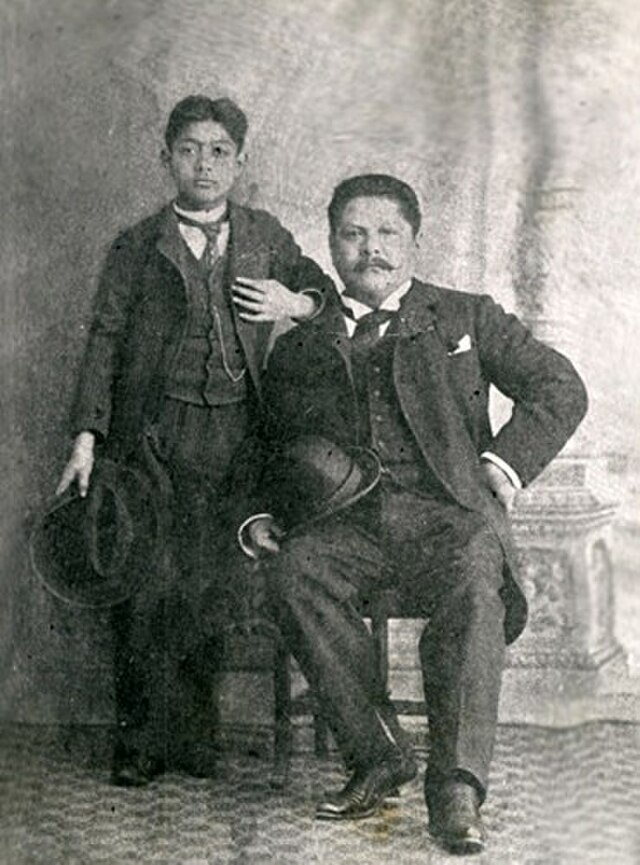
Posada’s most famous creation, La Calavera Garbancera, later known as La Catrina, became an enduring symbol of Mexican identity — an elegant skeleton lady mocking vanity and social pretense.
Through his prints, Posada portrayed death not as tragedy but as companion, bringing humor, equality, and reflection into the Mexican view of mortality.

He is now regarded as the father of modern Mexican art, and his influence can be seen in the work of countless folk artists who followed. They adopted his playful tone and bold imagery to express the country’s deep relationship with death, at once intimate, ironic, and celebratory.

Pictured: “Jarabe Tapatío Dance” etching by José Guadalupe Posada.
Styles of Día de Muertos Folk Art
The celebration’s visual language has inspired artists in every medium, each adding their own materials and regional flavor. These are among the most recognized styles in Mexican folk art today:
Alambroides
Artists Saulo Moreno and Mario Moreno create whimsical skeletons using the alambroide technique, making figures shaped with wire, covered in papier mâché, and painted with vibrant acrylics. Their playful poses and intricate details make them both humorous and poetic.
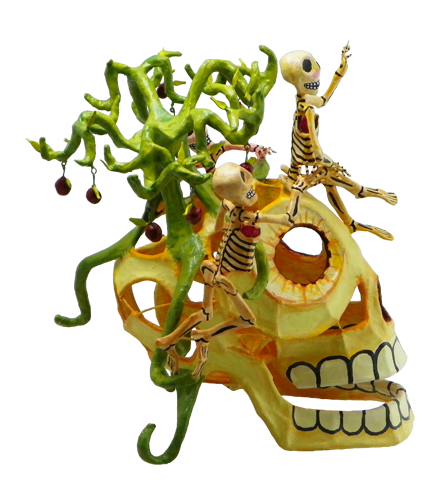
Featured: “Tree of Knowledge Skull” by Mario Moreno Contreras.
The Linares Family
Pedro Linares, celebrated for inventing the alebrijes, also became known for sculpting papier mâché skeletons inspired by Posada’s prints. His works capture music, dance, and everyday joy. Today, his children Miguel and Elsa Linares continue the legacy, bringing color and movement to Mexico’s skeleton folk art.
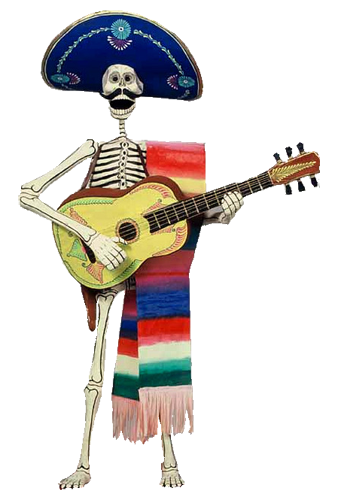
Shown: “Mariachi” figure by Pedro Linares.
Jesús Sosa Calvo: Oaxacan Wood Carvings
From Oaxaca, Jesús Sosa Calvo crafts skulls, masks, and Catrinas from copal wood, combining delicate carving with expressive painting. His skeleton musicians and painters blend whimsy with reverence, embodying the duality of laughter and mourning that defines Día de Muertos.

Pictured: Skull wood carving by Jesús Sosa.
The Catrina: Lady of the Dead
The iconic Catrina sculpture first appeared in clay in the 1980s, created by Juan Torres in Capula, Michoacán which is a town renowned for its pottery since pre-Hispanic times.
Soon, other artisans adopted the form, and Capula became famous for its elegant clay Catrinas, hand-painted with flowers, lace patterns, and traditional motifs.
Today, the Catrina is crafted in wood, papier mâché, plaster, tin, and even bread dough, her image instantly recognizable worldwide as a symbol of Mexican artistry.
Nicolás de Jesús
The Nahuatl painter Nicolás de Jesús, from Guerrero, is known for his etchings and amate paper paintings that portray the Day of the Dead as lived in indigenous communities. His works blend everyday scenes with ancestral symbolism, making the celebration both local and universal.

Shown: “Muertos de Gusto” etching by Nicolás de Jesús.
Izúcar de Matamoros: Multicolored Clay
In Izúcar de Matamoros, Puebla, the Castillo family, the descendants of the famed Alfonso Castillo Orta, transformed the region’s multicolored clay tradition into a vivid celebration of Día de Muertos.
Their candelabra, incense burners, and skulls burst with floral patterns and bright colors. The most famous design, the Butterfly Skull, features skeletons with monarchs emerging from their crowns.

Featured: “Butterflies Skull” by Alfonso Castillo Orta, courtesy of Sandia.
Nichos: Windows for the Soul
Perhaps the most intimate form of Day of the Dead folk art is the nicho, small dioramas crafted from tin, wood, or glass.
Inside, artisans build colorful scenes featuring skeletons, flowers, and photographs, often dedicated to a loved one or cultural figure. Each nicho becomes a miniature altar, preserving the belief that the dead are never gone as long as they are remembered.
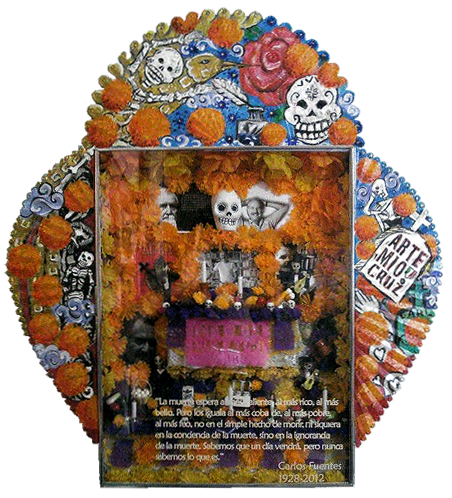
Example: Nicho honoring Mexican writer Carlos Fuentes.
Souvenirs and Modern Adaptations
In recent years, Día de Muertos imagery has captivated audiences beyond Mexico. This popularity has led to a wide variety of souvenirs and reinterpretations, from artisan pieces to mass-produced trinkets.
While not all of these items reflect authentic traditions, they reveal the celebration’s global resonance.
Some modern interpretations include Day of the Dead nativity scenes, glass ornaments, and holiday decorations, blending sacred and playful elements in ways that keep the spirit of the festival alive year-round.
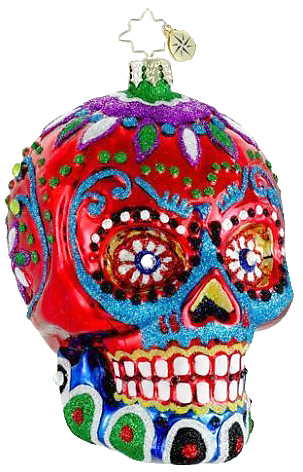
Shown: Glass Christmas ornament inspired by Día de Muertos.
A Living Art Form
More than decoration, Día de Muertos art is a language, one that speaks of memory, love, and transformation.
Every skull, flower, or Catrina is an act of remembrance, shaped by the hands of artisans who keep centuries-old traditions alive through color and form.
In this art, death is not an end but a return, a reminder that life’s beauty endures in what we create, cherish, and pass on.

Leave a Reply